The Armenians of the Arab World: From Refugee Camps to Outer Space
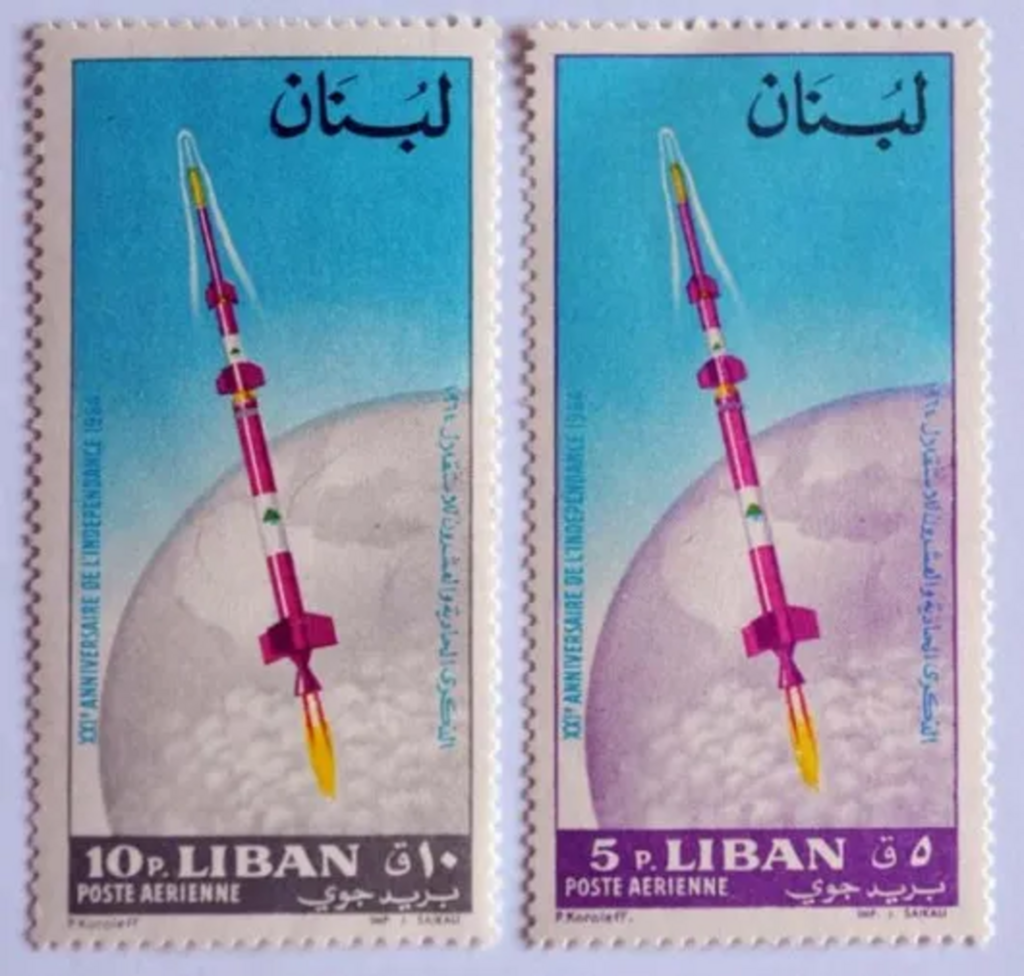
By: Ralph I. Hage / Arab America Contributing Writer
The Armenians of the Arab world form one of the region’s oldest and most enduring diasporas. With a history spanning centuries, the Armenians have contributed significantly to the cultural, economic, and social development of several Arab countries while maintaining their unique heritage. From Lebanon and Syria to Egypt and Iraq, Armenians have woven themselves into the fabric of Arab life, preserving their traditions while adapting to local cultures. This article explores the history, cultural contributions, and challenges faced by the Armenians of the Arab world, offering a window into their vibrant and resilient communities.
Historical Context: Early Migrations and the Armenian Genocide
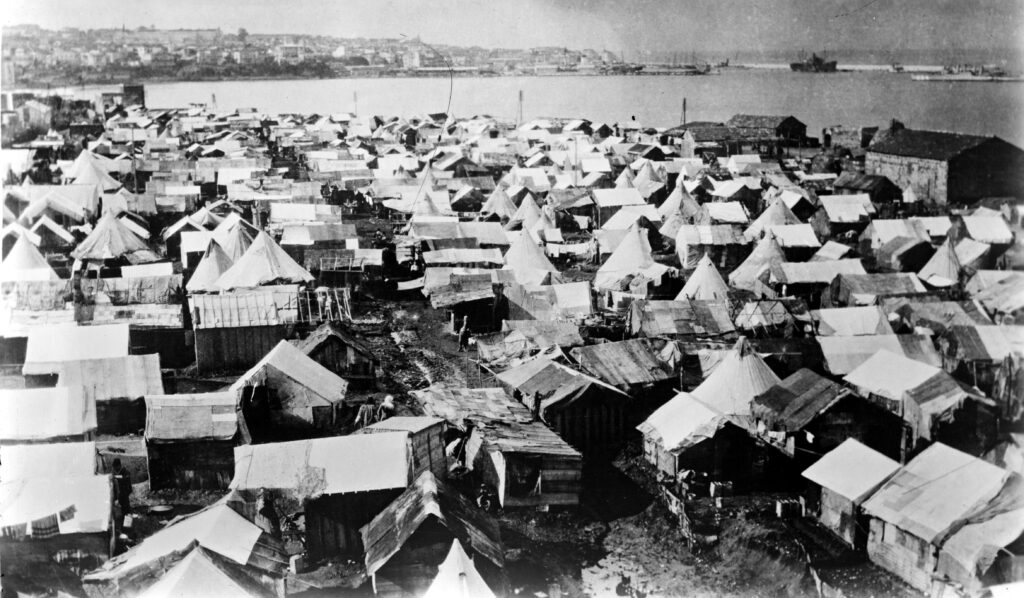
The story of the Armenians in the Arab world begins long before the 20th century, with early migrations starting as far back as the Islamic Caliphates in the 7th century. During this period, Armenians living under various empires in the Caucasus and Anatolia moved to Arab cities such as Baghdad, Damascus, Cairo, and Aleppo. These communities integrated into these cities’ social and economic life, often contributing to trade, craftsmanship, and intellectual life.
However, the most significant wave of Armenian migration to the Arab world came in the aftermath of the Armenian Genocide (1915-1923), when the Ottoman Empire targeted Armenians in a systematic campaign of violence, killing an estimated 1.5 million people. Survivors of the genocide fled to neighboring regions, including the Arab world, where they sought refuge in countries such as Lebanon, Syria, and Egypt. These newcomers found established communities but quickly became integral to the broader Arab societies.
Cultural Contributions: Commerce, Art, and Identity
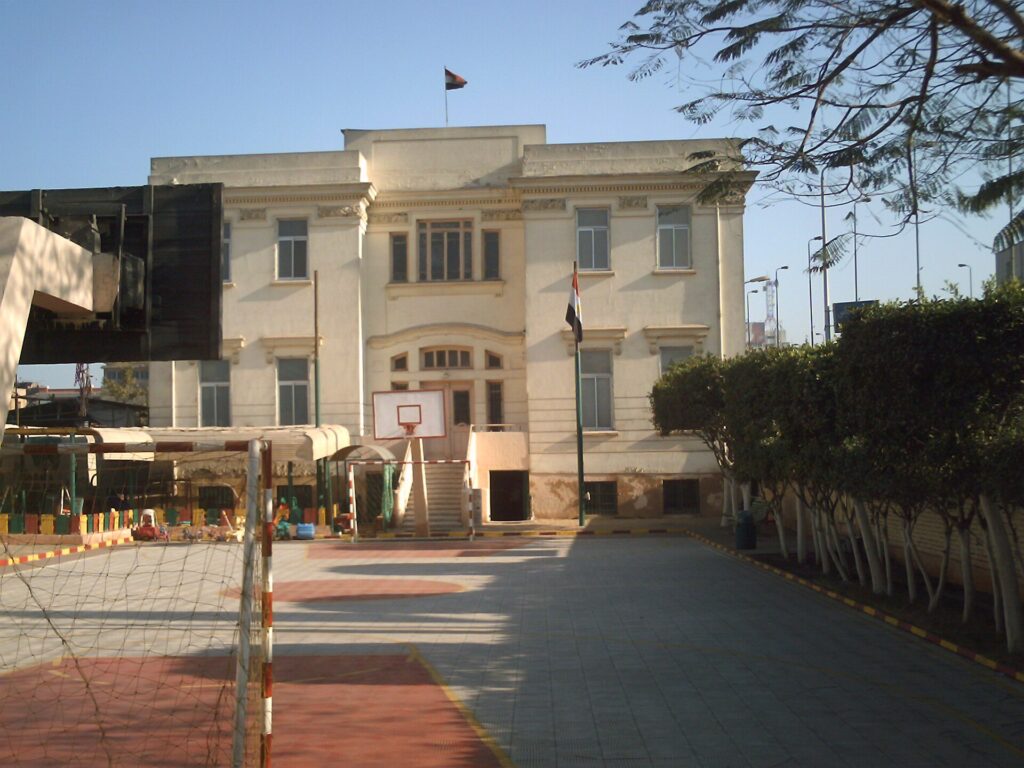
Armenians in the Arab world have been instrumental in shaping their host countries’ cultural and economic landscapes. Their entrepreneurial spirit, work ethic, and expertise in various crafts and trades have made them key players in regional economies. In cities like Beirut, Aleppo, and Cairo, Armenians have long been active in business, establishing shops, factories, and financial institutions. These contributions helped to stimulate local economies, creating jobs and fostering economic growth.
Culturally, Armenians have enriched the arts in the Arab world. The fusion of Armenian and Arab traditions has resulted in a distinctive artistic expression, particularly in music, literature, and visual arts. For instance, Armenian musicians have contributed to Arab classical music by blending traditional Armenian instruments and scales with the broader Arab musical tradition. Armenian composers and singers have found success in the Arab world, and their works continue to influence contemporary music in the region.
Armenian literature, too, has flourished within the Arab context. Many Armenian writers, poets, and intellectuals in the Arab world have contributed to the literary scene in both Arabic and Armenian languages. Their works often explore themes of displacement, identity, and the experience of living between cultures. In Lebanon, for example, the Armenian community has produced several influential writers whose works reflect the complexities of their dual identities.
Religious and Cultural Preservation: Churches, Schools, and the Armenian Language
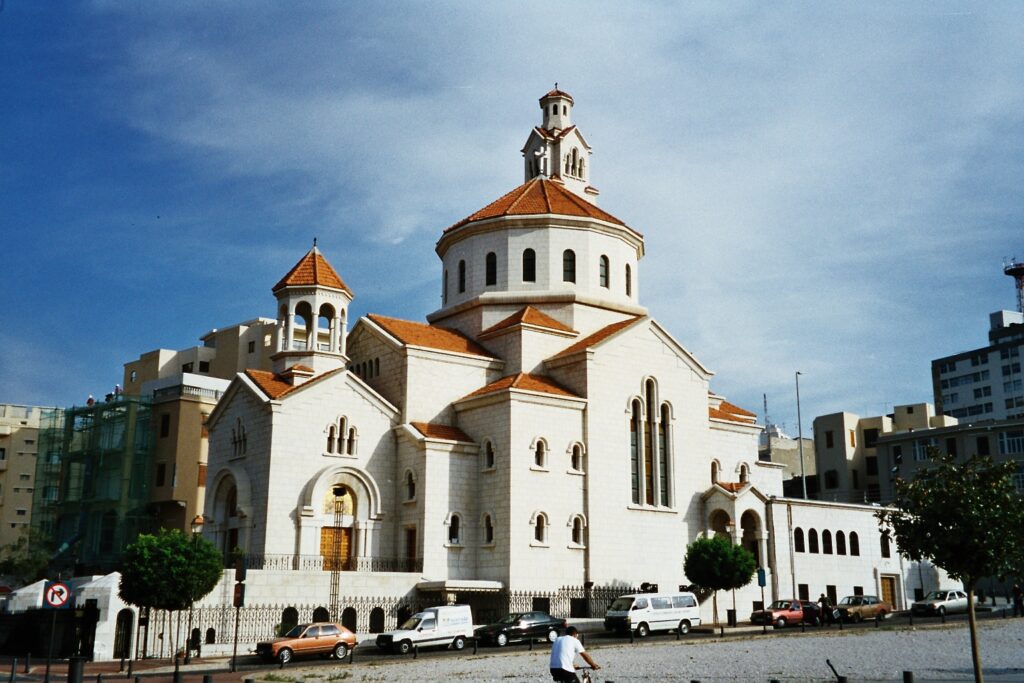
Religion plays a central role in the Armenian community’s identity, and the Armenian Apostolic Church has been a key institution in preserving both spiritual and cultural life. Churches in the Arab world are not only places of worship but also cultural hubs where language, traditions, and customs are passed down through generations. In cities such as Beirut and Aleppo, Armenian churches are prominent features of the urban landscape, often accompanied by schools and community centers that serve to strengthen the bond among Armenians.
One key way in which the Armenian community has preserved its cultural heritage in the Arab world is through education. Armenian schools in the region teach the Armenian language and history, ensuring that younger generations can maintain a connection with their roots. In Lebanon, for example, several Armenian schools offer curricula in both Armenian and Arabic, allowing students to be bilingual and bicultural. These schools not only teach the language but also foster a sense of pride in Armenian history and traditions.
Moreover, the preservation of the Armenian language itself is a vital aspect of cultural continuity. While many Armenians in the Arab world are fluent in Arabic, the Armenian language remains a cornerstone of community identity. Armenian newspapers, magazines, and radio programs produced in the Arab world have played an important role in keeping the language alive, as has the continued use of Armenian in family and community settings.
Challenges: Integration and the Younger Generation
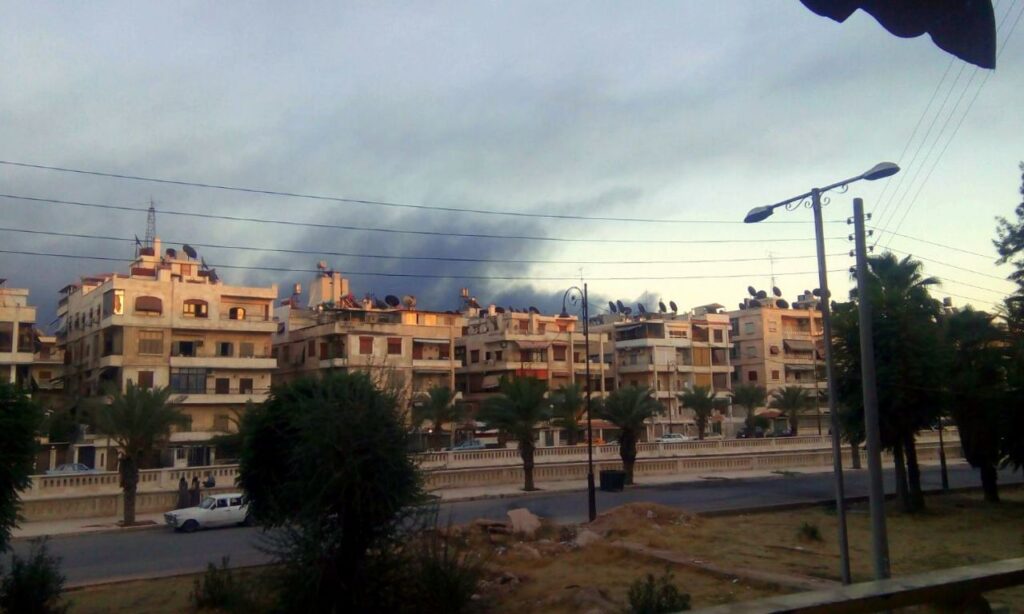
Despite Armenians’ many successes in the Arab world, the community faces challenges in terms of integration and cultural preservation. The younger generation, especially those born in Arab countries, is increasingly exposed to broader regional cultures and languages. Many young Armenians are fluent in Arabic and engage deeply with Arab cultural practices, sometimes at the expense of their Armenian heritage. This generational shift can lead to a dilution of traditional practices, particularly in areas like the Armenian language and customs.
Another challenge is the declining population of Armenians in some Arab countries. Over the years, migration patterns have shifted, with many younger Armenians seeking opportunities in Western countries. The allure of better economic prospects, improved educational opportunities, and a more open social environment has led many to emigrate, which, in turn, has affected the size and vibrancy of Armenian communities in the Middle East.
In Syria, for example, the civil war that began in 2011 has had a devastating impact on the Armenian community, particularly in Aleppo. This city had been home to one of the largest and most vibrant Armenian populations in the Arab world. The destruction of homes, businesses, and cultural institutions, combined with the displacement of families, has deeply affected the community’s ability to maintain its way of life.
Lebanon: A Model of Armenian Integration
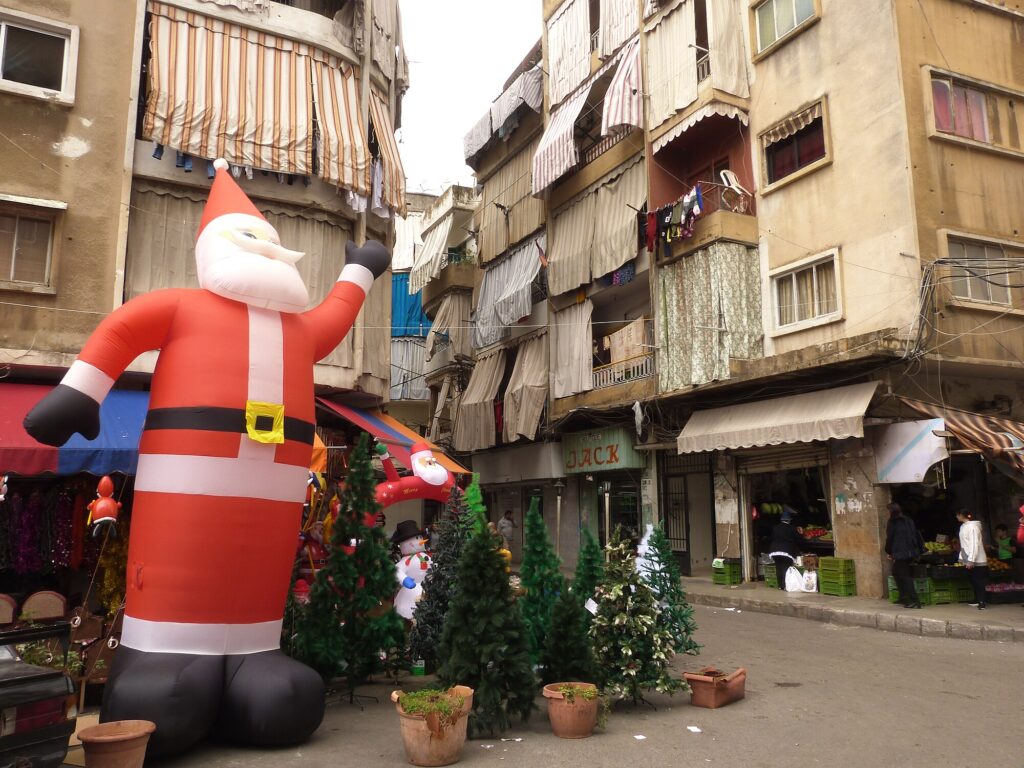
Among the Arab countries, Lebanon has been the most successful example of Armenian integration and cultural preservation. The Lebanese Armenian community is one of the largest and most visible in the Arab world. With its strong presence in Beirut, particularly in the Bourj Hammoud district, Lebanon has become a hub for Armenians in the Middle East. The community has established its own political parties, cultural institutions, and media outlets, creating a robust infrastructure that supports Armenian identity while contributing to Lebanese society.
Armenians in Lebanon are also active in politics and public life. Many have achieved success in various fields, from business and finance to the arts and sciences. Their active participation in Lebanese political life has allowed their interests to be represented in the broader Lebanese political system.
Preserving the Legacy: Future Prospects

Efforts to maintain Armenian language schools, religious institutions, and cultural programs are crucial to the survival of Armenian identity in the region. The increasing use of digital platforms has also allowed Armenians to connect across borders, strengthening their sense of community and facilitating the sharing of cultural resources.
Looking ahead, the ongoing challenges of migration, cultural preservation, and political instability make it difficult to predict how the community will evolve. However, there are signs of resilience. The Armenian diaspora in the Arab world continues to thrive, with many community members actively working to preserve their cultural heritage while integrating into the broader Arab societies they call home.
Ralph Hage is a Lebanese American architect who divides his time between Lebanon and the United States.
Want more articles like this? Sign up for our e-newsletter!
Check out our blog here!








